8 Biggest Equipment Mistakes Women Make
Carly Frost looks at the bad buying decisions that lead to women having the wrong equipment in their golf armoury
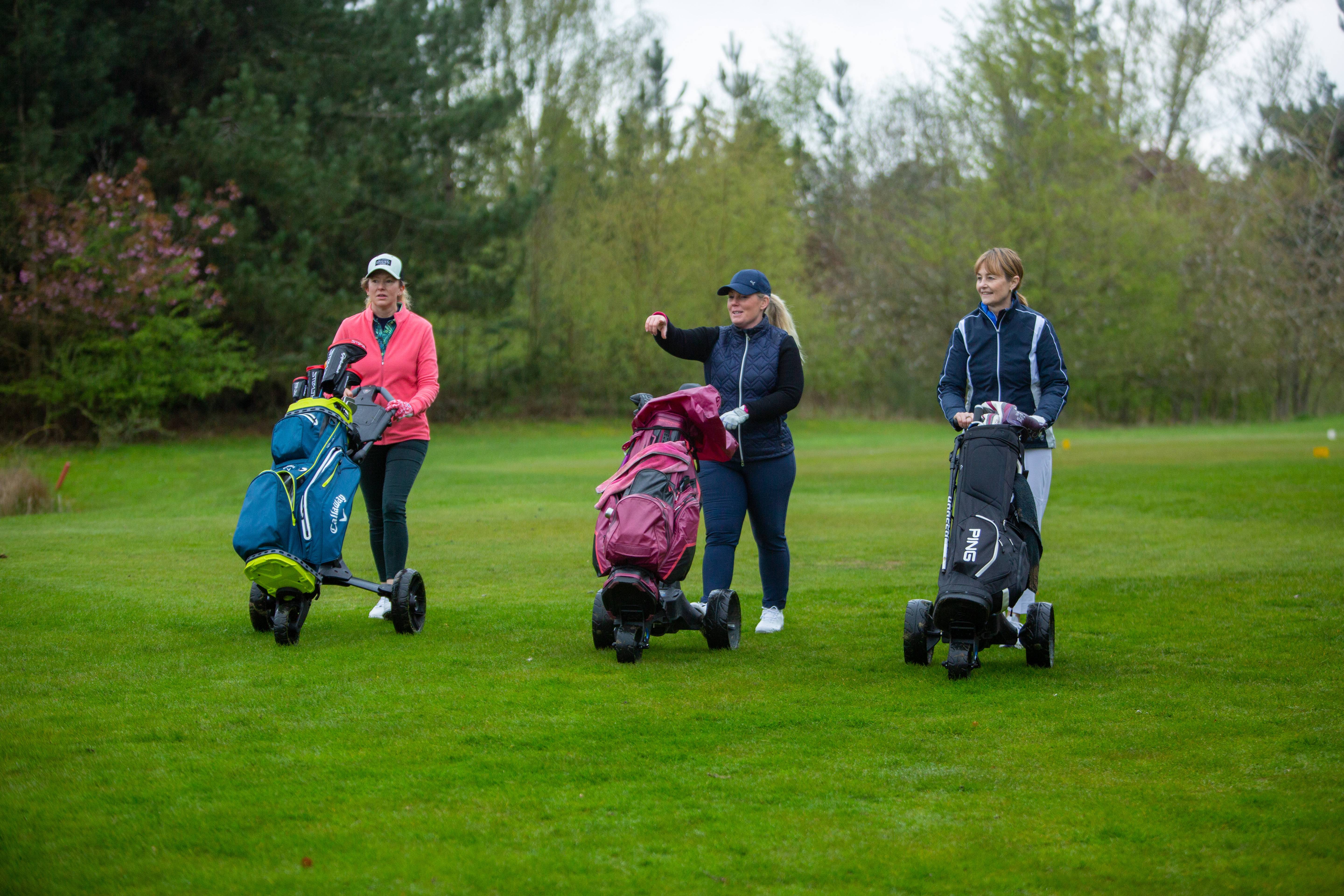

It's important to carefully choose the best golf equipment to suit you and your game. Here's some advice from Carly Frost to ensure that you don't make the same mistakes that other female golfers have made when buying new gear. It will also be useful to check out our buying guides.
1. Carrying Or Using A Pull Trolley Instead Of A Powered One
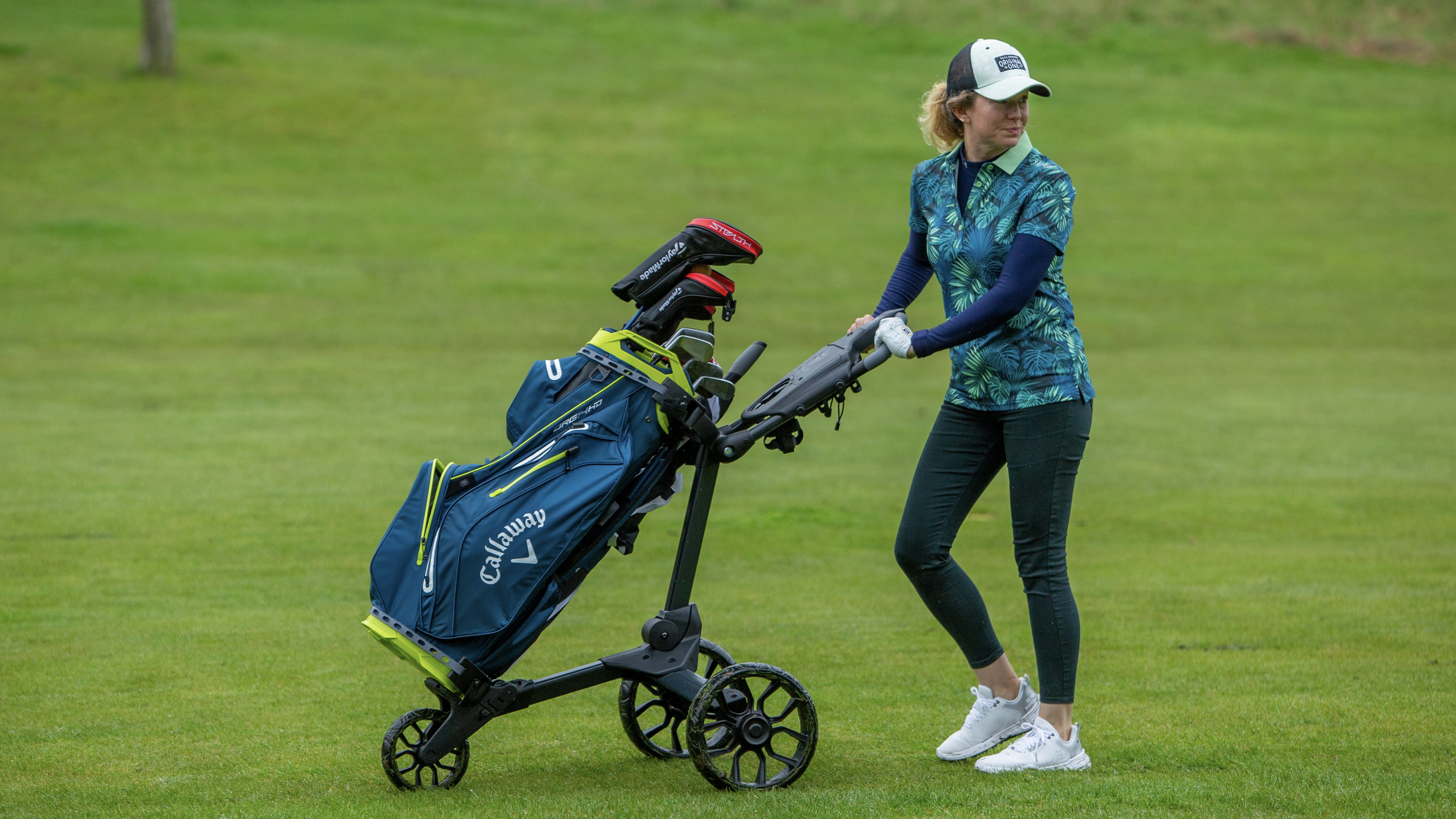
Golf is a game that requires all of your muscles and joints to work together in order to hit the ball successfully. The golf swing puts enormous strain on the body. So why add to that strain by pushing your golf trolley or carrying your bag?
Understandably many women do so for the added exercise and calories burned, to stay fitter and be more active. However, without realising you are doing yourself harm.
According to a research study undertaken by the Titleist Performance Institute (TPI) in California, carrying your golf bag leads to a decreased ability to score and an increased chance of injury.
Dr. Neil Wolkodoff, medical director of the Colorado Center for Health and Sports Science, studied the physical effects of pulling a trolley versus carrying a bag. He found that the physical benefits of carrying your bag are minimal. The golfers in the study who carried their clubs burned an average of 721 calories over 9 holes compared to 718 calories burned by golfers who used a pull trolley. Hardly any difference.
2. Using Clubs With The Wrong Shaft

I love the analogy that the shaft is the engine of the golf club. It doesn’t matter how great the club is, just like a fast sports car, if you fit it with a slow engine (the wrong shaft) then you won’t benefit from the design of the chassis and the speed of the club.
The stereotypical swing traits of the average woman playing golf hasn’t changed much over time, i.e. we still tend to have a slower swing speed than men and require lighter shafts and more lofted clubs, so as a result the majority of women’s golf clubs are still built to cater for this mass market player.
Subscribe to the Golf Monthly newsletter to stay up to date with all the latest tour news, equipment news, reviews, head-to-heads and buyer’s guides from our team of experienced experts.
However, there is no such thing as a one-size-fits-all golf club for women and the best way to guarantee that your clubs are perfectly suited to your unique swing speed and ability is to get custom fitted. All the major manufacturers now offer this comprehensive service. The array of golf shafts out there is incredible. There are more options than there are colours in the rainbow. Use this to your advantage and don’t make the mistake of opting for an off-the-shelf standard.
3. Buying The Wrong DMD
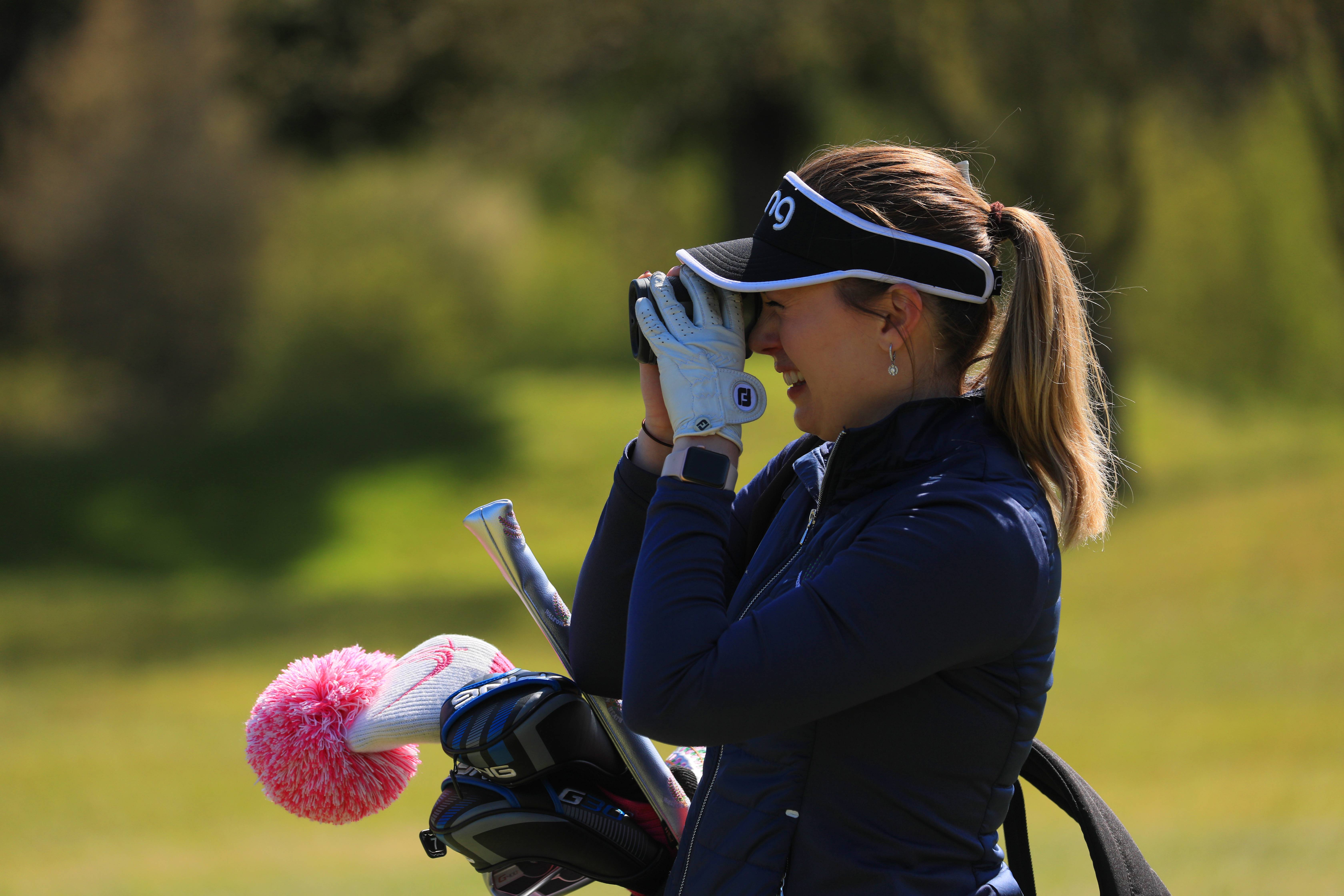
Choosing a distance measuring device (DMD) can be a tricky business, especially when there are so many options available, and many women I know have made the mistake of investing in a laser rangefinder and then not being able to use it. Although rangefinders are renowned for their incredible accuracy - they give you the exact distance to the flag, as opposed to alternatives that give front, middle or back pin placements - they can be tricky to hold steady enough to point and click on the target. Shaky hand syndrome affects many of us, especially in old age.
If you fall into this category then you should consider a handheld GPS unit instead. The unit can be attached to your trolley or golf bag for convenience, some are even small enough to clip to your golf hat or carry in your pocket. Another great alternative is the GPS watch - a wearable form of the handheld GPS device, offering the same features, but in a more compact screen size.
It’s no surprise that smartphone app designers have been quick to jump on the GPS bandwagon. But beware the bogus ones, and look for the big name brands. Cheaper is rarely better. And remember, if you don’t have a network signal or run out of battery life, then your app won’t work.
Last, but by no means least, many of the leading golf trolley manufacturers have now added in-built GPS as a feature to their trolley. Ideally located on the handle, this can offer the ultimate in convenience.
4. Using A Putter That's Too Long
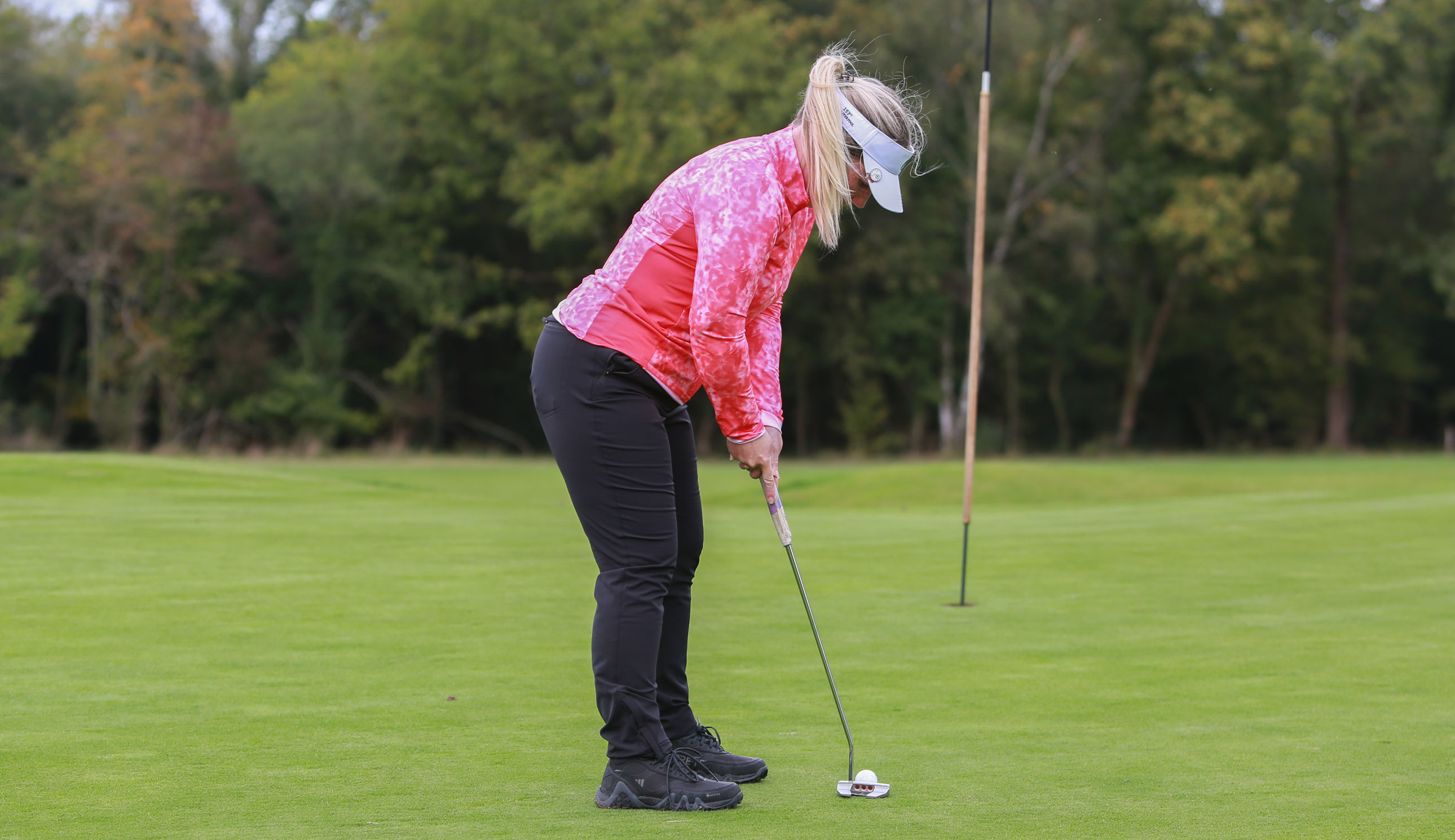
Your putter is arguably the most-used club in your bag, therefore improving your putting stats is the easiest way to lower your scores. I see far too many women with peculiar putting strokes simply because they are using a putter that is too long. Finding the right length of putter for your height and stroke is key to producing quality strikes and consistent putting.
The problem is that a traditional length putter is between 32 and 36 inches, that’s simply too long for many women, especially those, like me, under 5 foot 3 inches tall. Conversely, if you are tall you will also have problems, so it’s really important that you select the right putter to suit your build and stroke.
5. Using Woods With Too Much Loft
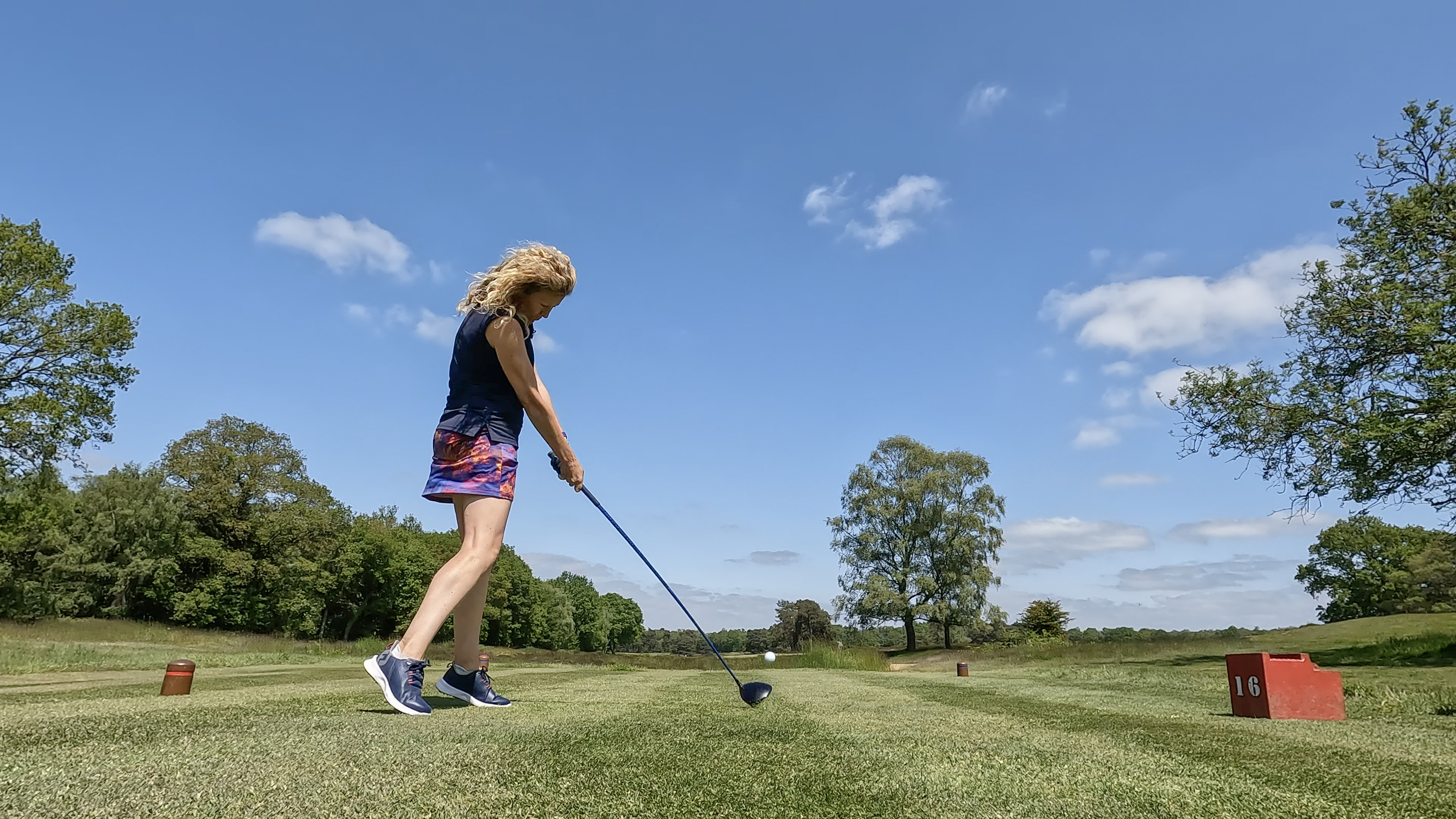
There is a big misconception in golf that women need to use lofted woods. It’s driven by equipment experts telling us that with our slower swing speeds we need the extra helping hand to elevate tee shots and fairway woods off the deck.
In reality, many women will achieve optimum performance from a driver that’s got between 9 and 11 degrees of loft - no more - and it comes down to the combination of good coaching and modern driver designs.
The trend in drivers is to place the weight low and deep in the head as this helps give a more effortless high launch. Such designs marry perfectly with the modern coaching method of hitting tee shots ‘on the up.’ Consequently, women that adopt this style of swing don’t actually need a driver that has too much loft. A club with lower loft can achieve more roll out and overall distance.
The problem with standard off-the shelf women’s drivers is that they are often too lofted - sometimes 14 degrees or more. I’ve witnessed the damage this does to many a game as I see many women hitting a very high ball off the tee. Although it effortlessly launches up it rarely rolls out upon landing due to the high trajectory of the shot. A lower loft can provide more energy transfer at impact because there’s less of an oblique angle.
6. Big Distance Gaps In Your Bag
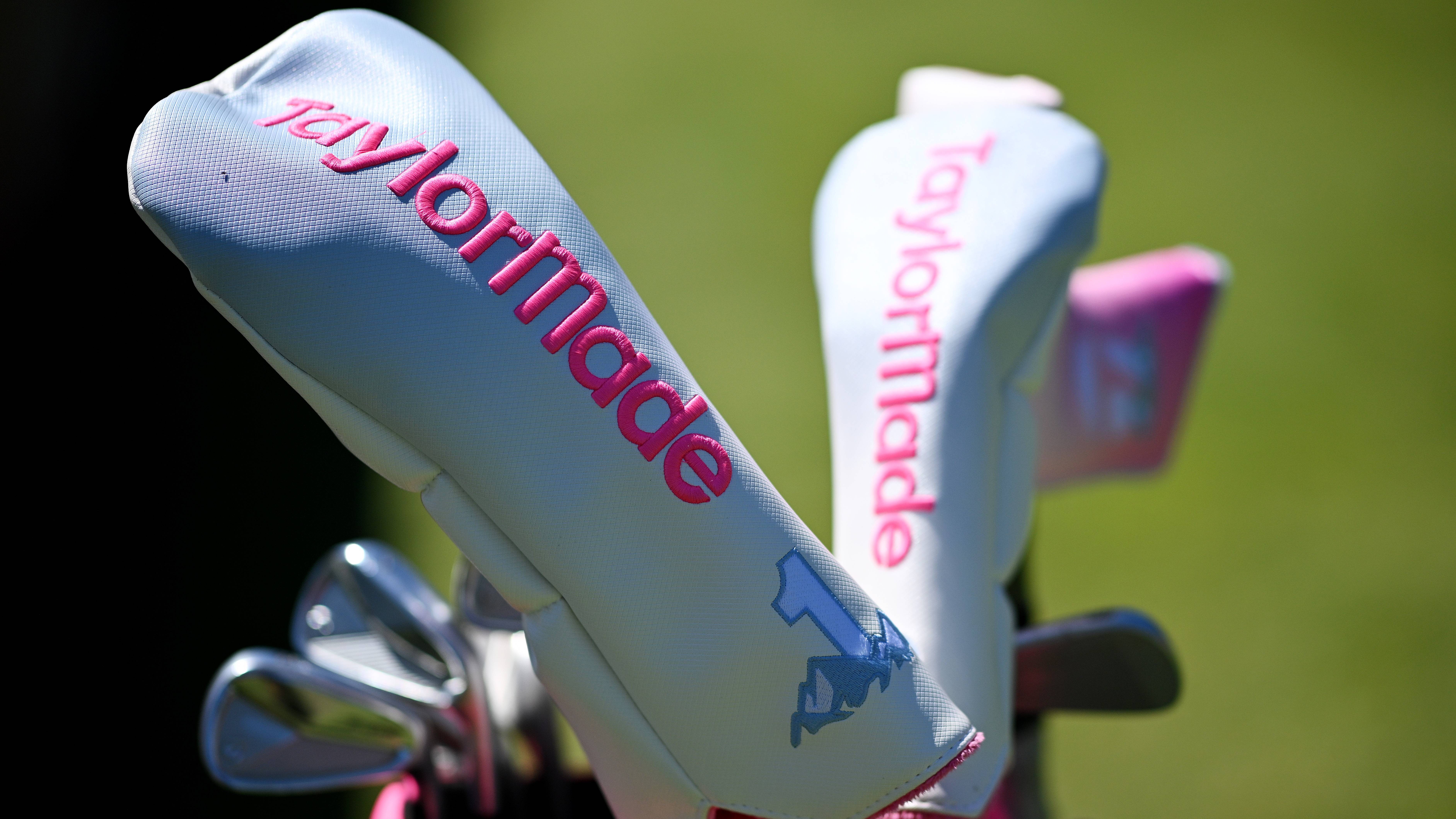
With so many women’s club choices available it can be difficult to figure out what selection you should have in your bag. If you are going to carry a mixture of irons, hybrids and woods, then the key is to space them out in a way that gives you an even distance gap and consistency between each club. If you carry a 3-wood, a 5-wood, and a 7-wood, there should be a yardage gap of between 10-15 yards with each club. This way, you can handle any approach shot without making half or three-quarter swings.
One of the big problems arises if you choose to have a “mixed” bag of different clubs from different brands. This is because there is no industry standard for lofts. A 3-wood from one manufacturer can have an entirely different loft from that of another brand.
7. No Specialist Wedges
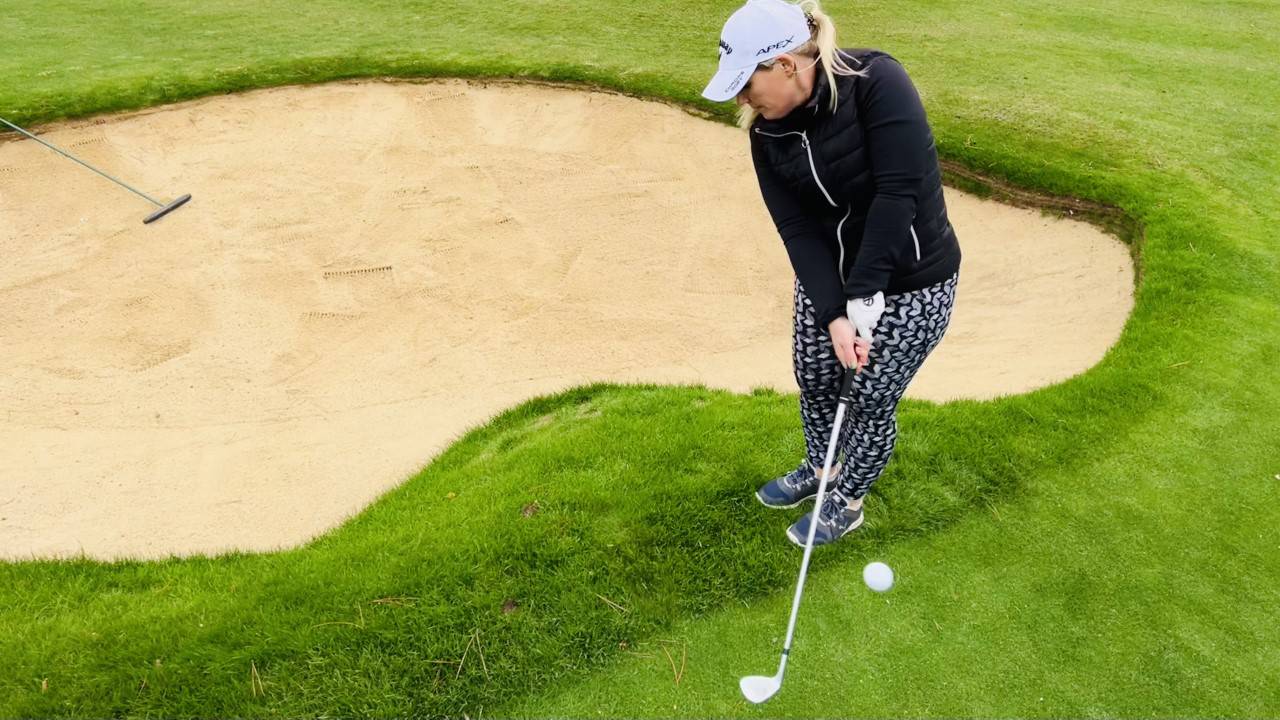
Many women’s golf sets come with a standard pitching wedge and sand wedge as part of the set make up. Although functional, these tend to be basic designs most suited to beginners and game improvers.
If you want to really shave shots off your scores then opting for a set of specialist wedges can be transformational for your game. There are four types of golf wedges, pitching wedge, gap wedge, sand wedge, and lob wedge. You don’t have to use all four, but at least two will make a huge difference.
I carry three specialist wedges in my golf bag - a 58-degree that I use for lob shots and steep-faced bunker shots, a 52-degree gap wedge for playing chip and runs, and filling that awkward full shot “gap” between my lob wedge and pitching wedge, along with pitches into greens and full shots from 80 yards out. Plus a 48-degree pitching wedge that I mainly use for full shots into the green. Note how evenly gapped the degree of loft between each wedge is, covering off all yardages from short chips out to the 100 yard approach mark.
Wedges for women are built differently from any other club. If you try to play with men’s wedges you’ll probably end up having to choke down on the grip as it will be too long. As a general rule of thumb, women should choose a wedge that is half an inch shorter than the equivalent men’s golf wedge. Tall women are an exception to this rule, and they should select the same length as men’s wedges.
8. Using The Wrong Golf Ball

There are so many golf balls to choose from that it can be difficult to know which will benefit your game the most to help improve your score, depending on whether you're looking for greater distance, accuracy, feel or spin.
The one big mistake women make is not being consistent with their ball choice. Having a ball pocket full of different brands and models of ball and knowing very little about what they are playing with. This results in incredible inconsistency of feel, spin and overall ball flight performance.
My best suggestion is to find a ball that you enjoy the feel of putting with first and test it on the course. If you enjoy the playability then stick to that one golf ball for a few months. Carry at least six of the same brand and model of golf ball all marked up differently in your bag so that if you lose a ball you simply put a provisional of the same make and model into play.
Although some manufacturers make women’s golf balls, on the whole, most brands now support the message that golf balls, like clubs, should be tailored to fit a person's ability, rather than gender. Everyone, not just women, should find a ball and stick with it.

Carly Frost is one of the golf industry’s best-known female writers, having worked for golf magazines for over 20 years. As a consistent three-handicapper who plays competitive club golf at Parkstone and the Isle of Purbeck courses in Dorset every week, Carly is well-versed in what lady golfers love. Her passion for golf and skill at writing combine to give her an unbeatable insight into the ladies game.
Carly’s role at Golf Monthly is to help deliver thorough and accurate ladies equipment reviews, buying advice and comparisons to help you find exactly what you are looking for. So whether it’s the latest driver, set of irons, golf ball, pair of shoes or even an outfit, Carly will help you decide what to buy. Over the years she has been fortunate to play some of the greatest courses in the world, ranking Sea Island, Georgia, USA, among her favourite golf resorts. Carly's aptly-named son Hogan is already hitting the ball as far as mum and will undoubtedly be a name to watch out for in the future.
Carly is a keen competitor and her list of golfing achievements are vast. She is a former winner of the South West of England Ladies Intermediate Championship, a three-time winner of the European Media Masters and she once beat an entire start-sheet of men to the title of Times Corporate World Golf Champion. She has played for both the Dorset and Surrey County Ladies first teams and is known for her excellent track record at matchplay.
Carly holds the ladies course record (68) at her home club Parkstone and her lowest competition round (seven-under-par 65) was carded in the pro-am of the Irish Ladies Open at Killeen Castle, playing alongside Solheim Cup superstar Anna Nordqvist. Although her current handicap index has crept up to 3.7 since Covid she has her sights firmly set on achieving that elusive scratch handicap and hopefully playing for her country when she’s 50.
Carly’s current What's In The Bag?
Driver: Callaway Epic Max, 10.5°
Fairway wood: TaylorMade SIM2, 15°
Hybrids: Titleist TS2, 19°, 21°, 24°
Irons: Mizuno JPX900, 5-PW
Wedges: Cleveland RTX, 52°, 56° and 58°
Putter: Scotty Cameron Futura X5
Ball: 2021 Callaway Ladies SuperSoft